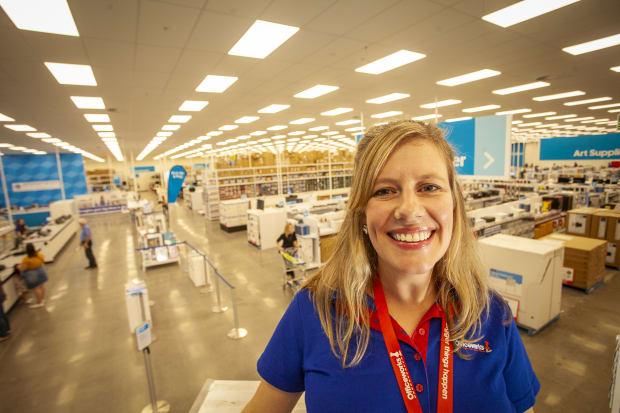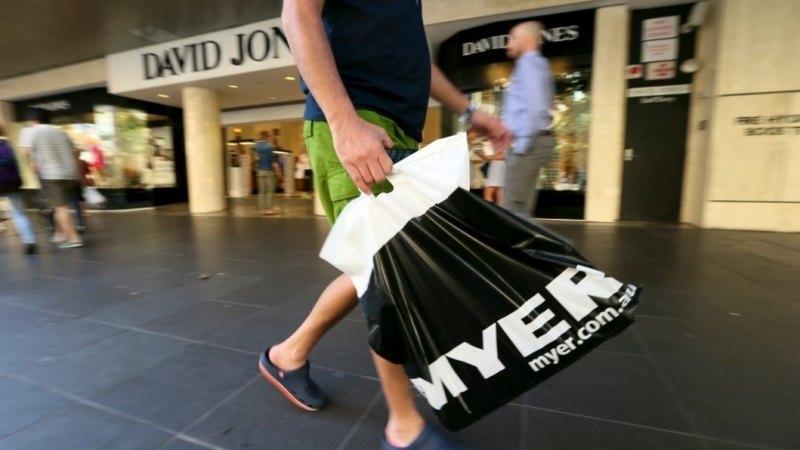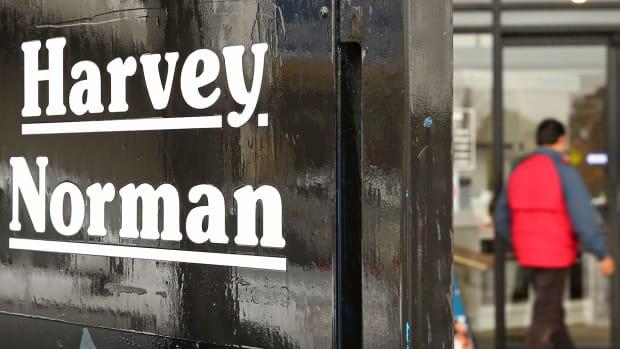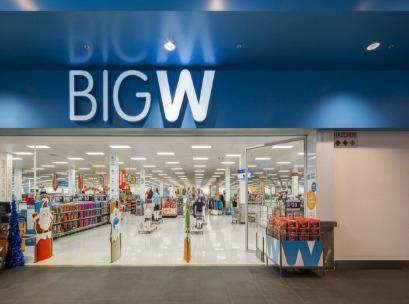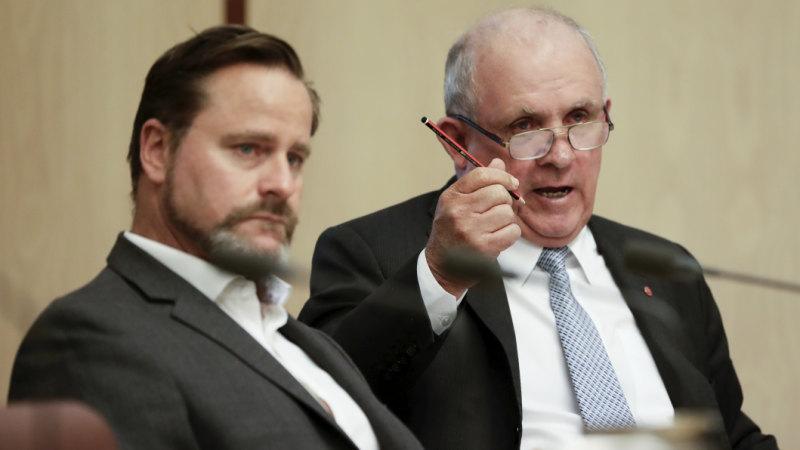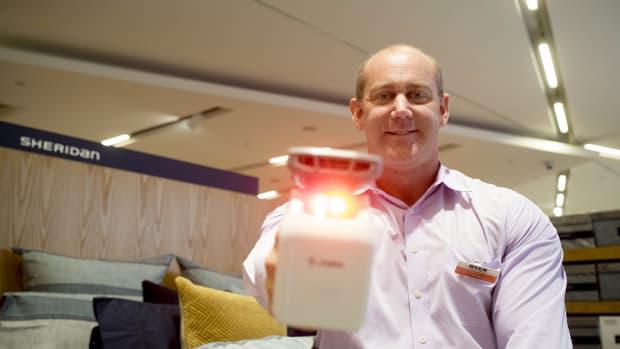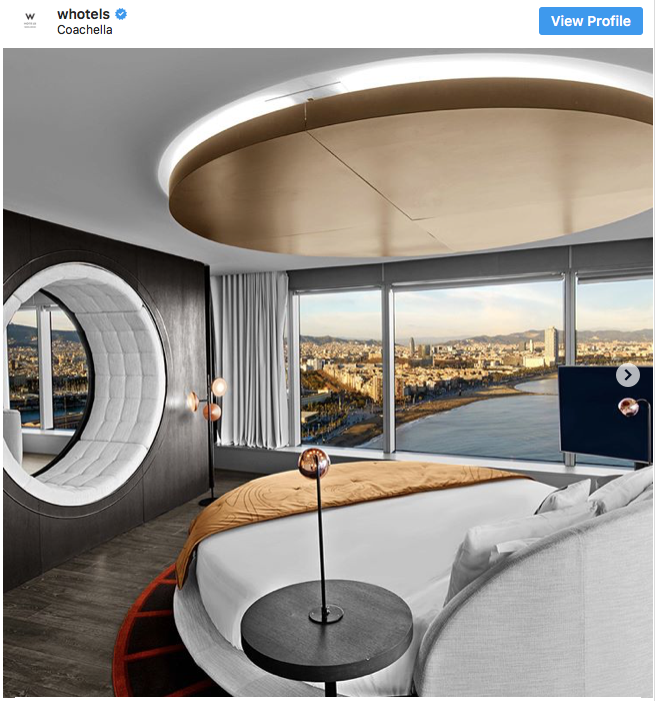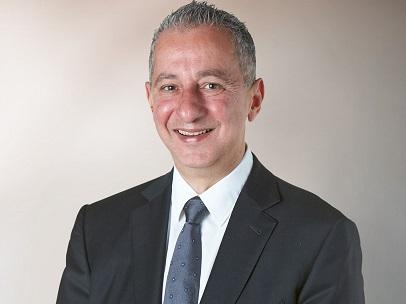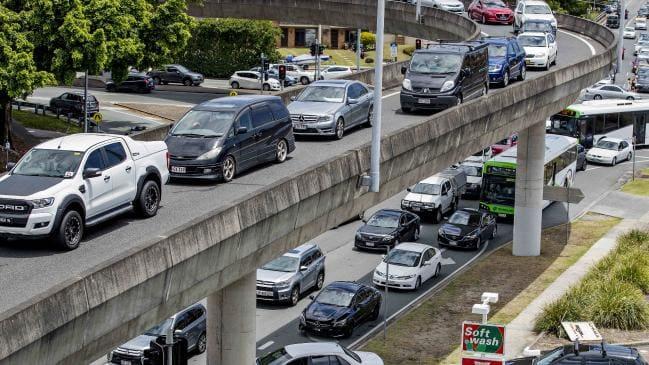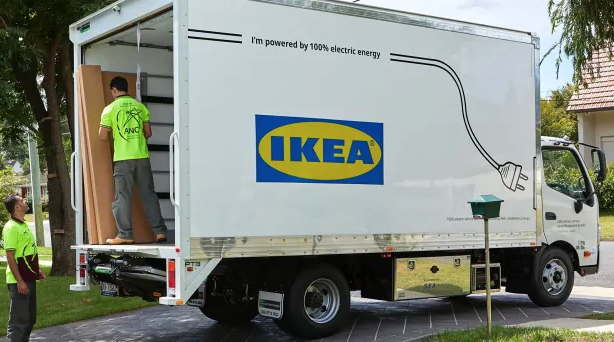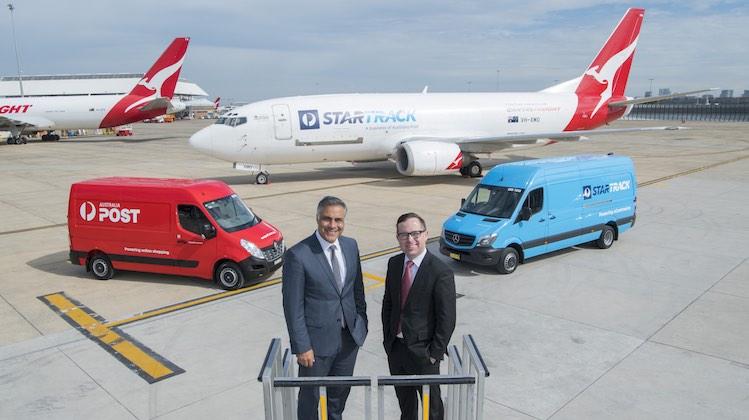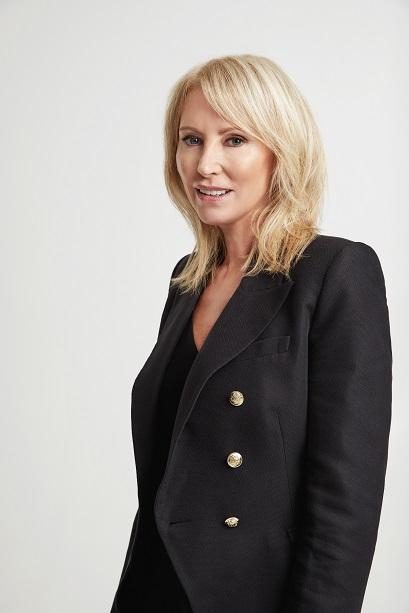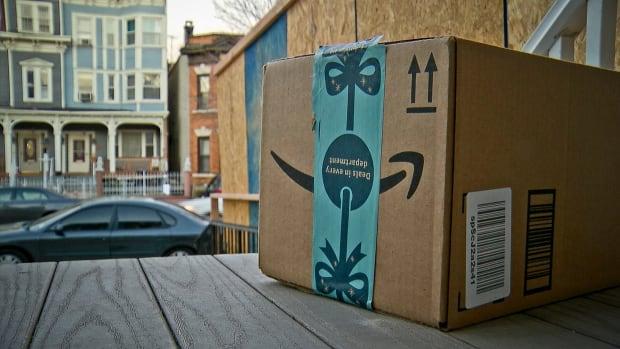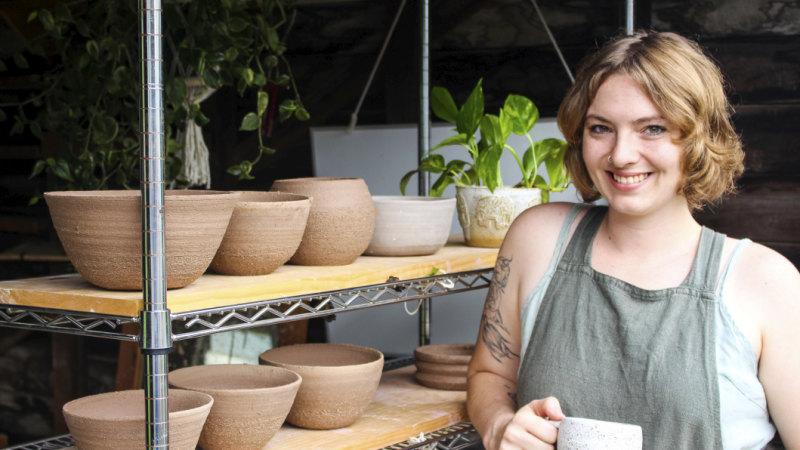
Designer Sally Flannery is one of countless Australian business owners worried about packaging ending up in landfill: and she isn't afraid to ask executives to change things.
"My business is a sustainable business, aiming not to use plastic and all that kind of thing. But about six months ago I was saying, 'Why is shipping so expensive?' " she says.
Flannery had been committed to using her own packaging materials when sending her ceramics orders out to her customers. She soon discovered she was paying "at least $300 a month" more to do this because bringing 'bring your own' packaging incurs different fees to Australia Post flat-rate pricing for larger parcels.
A 5 kilogram parcel can cost at least $2 more to send if bringing your own packaging, according to the online postage estimator.
Lobbying Australia Post
The entrepreneur took to Change.org to ask the postal service to review this. One week later after receiving 6000 signatures in support, an email from Australia Post chief executive Christine Holgate landed in her inbox, asking to learn more about the issue.
Flannery requested a phone call with management and was told last week that Holgate and her team had committed to changing pricing structures by October 2019 so all parcels under 5kg will have flat rate pricing, no matter what packaging is used to ship the item.
The Change.org petition received more than 6000 signatures and caught the attention of senior Australia Post management.
"I actually almost didn't write [the] petition, because I was thinking 'it won't make a difference', but I'm so glad I did," Flannery said. "An amazing win for the environment. Power to the people."
Australia Post has confirmed this to the Sydney Morning Herald and The Age, but cannot comment further on future on this changes at this stage.
Compostable bags
The win comes as Australian startups turn their minds to addressing the environmental impacts of the global e-commerce boom.
Better Packaging Co founders Kate Bezar and Rebecca Percasky have spent the past two years building parcel bags that consumers can compost at home.
"It was just so compelling, the proposition of being able to really make change," Bezar, who also founded Dumbo Feather magazine, says.
Better Packaging Co has been working with brands like Ripcurl, L'Oreal Paris, Garnier and Maybelline on projects to start using its products, which include parcel packs made of biodegradable materials derived from corn.
The founders have invested $200,000 of personal savings in the company so far, but after their first run of 50,000 bags sold out in two weeks, Bezar says the pair knew they were on to a winner.
The bags start at 18c and go up to just over $1 per unit, making them on par with plastic packaging bought from big stationery retailers, the founders say. After less than one year selling the bags, the business is tracking to achieve $1 million turnover.
It's an idea retailers have been surprisingly hungry for, Percasky says.
"We’ve always been surprised by how fast some of the bigger brands have gotten on board."
The startup, which has been a champion of Flannery's petition, has also been in touch with Australia Post to pitch itself as a potential partner.
While the appetite to ditch plastic packaging is strong, Bezar says the process of building the startup has revealed the shortcomings of Australia's recycling sector.
"It was pretty disheartening realising how fundamentally flawed some of those processes are. Some of those sorting facilities have not been updated in decades," she says.
The company is now getting to work developing parcel packs that can go in consumer's recycling bins instead of composting.
With warehouses in Australia, New Zealand, the USA and China, global goals are on the table.
"The next plan is the UK or Germany, based on the interest we’re seeing. We can’t say no to anyone," Percasky says.


